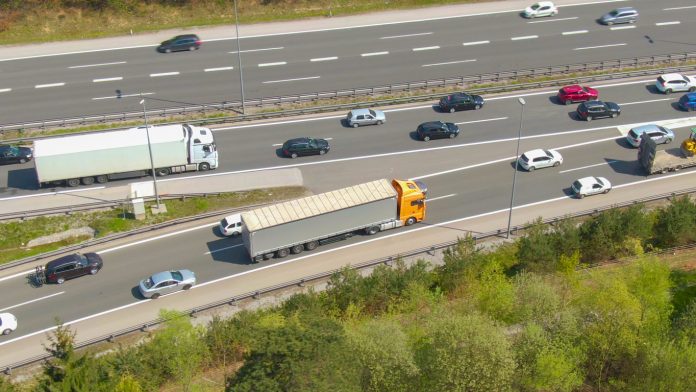Recently we discussed the dangers of driving over or under the speed limit. We will begin by saying we are not going to tell you how to drive, but we WILL try to explain why some driving habits are inherently foolish, dangerous, and illegal. In some cases, so much so that you could find yourself in more hot water than you bargained for.
In northern Ontario, it’s a well-known fact that driving the posted speed limit will have traffic backed up behind you for miles in no time flat. It’s generally accepted that the “unofficial” speed limit is between 105 and 110 km/h, but keep in mind, while some parts of Ontario will allow these speeds, others will clamp down hard. Highway 102, the bypass around Thunder Bay, for example, will pull you over if you exceed the speed limit by more than 5 km/h, whereas people have passed the OPP on the 400 doing 125 in a 100, and the police didn’t blink an eye.
Construction zones and emergency scenes are places you do NOT want to be caught speeding in. Just this morning as I was fueling up, I heard sirens but didn’t think too much about it, until a truck pulled in with an MTO enforcement vehicle following it. As we were in a construction zone, it was clear what the violation was – speeding in a work zone. This also gave the inspector a reason to do a walk-around inspection of the truck, trailer, drivers, and paperwork. Due to the dangers of speeding in a work zone, when the police or other law enforcement agents catch someone speeding, they are generally not very sympathetic regarding excuses, or any defects they find during their inspection. Something simple, like a missing mud flap, would normally not be a problem, but if it’s found during a stop for speeding in a work zone or emergency scene, chances are you’re getting a ticket.
As mentioned earlier, some places have greater enforcement than others, usually due to a higher rate of accidents. Highway 102 around Thunder Bay is a good example. The OPP have stated clearly on social media that that highway is under a microscope, and they are clamping down hard to try and curb the accidents.



















